Recently, Modern Learners wrote a piece about pending educational transformations. Naturally, this is not a new topic. Many have predicted sweeping change before. However, this time, the author indicates that it’s going to be different. (See complete article here: https://modernlearners.com/why-this-time-is-different/)
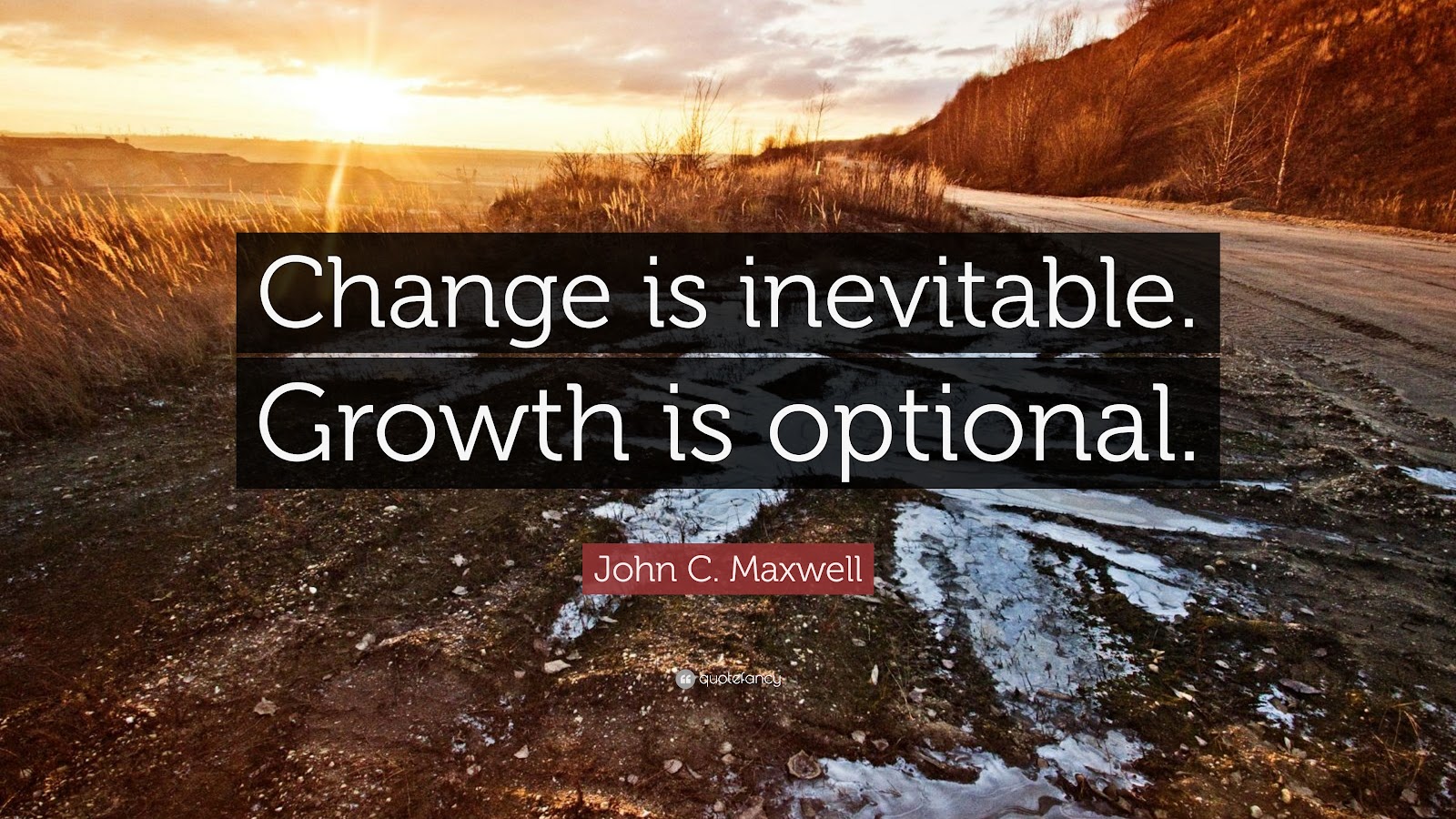 The article’s initial contention has always been mine. The question is asked: “Given the number of books that have been written and papers that have been presented around school change over more than 50 years by some very well informed and esteemed writers, why has there been so little change in schools and why do you think it will be any different this time ?”
The article’s initial contention has always been mine. The question is asked: “Given the number of books that have been written and papers that have been presented around school change over more than 50 years by some very well informed and esteemed writers, why has there been so little change in schools and why do you think it will be any different this time ?”
First of all, I hope the writer is right. I would love nothing more than to see our entire educational system truly evolve and adapt into real 21st century models relevant to today’s students, economy, culture and technology. The problem is that my shoulder angel and devil are battling it out. It’s classic optimism vs. traditional pessimism.
Since I began teaching in 1990, there has been an on-going reform movement, in many cases discussing many of the same things, but truly little has changed. We have been hearing terms such as relevance, engagement, application, higher level thinking, personalization, technology for a long time. And yet, when one looks closely, very little has changed overall in terms of our educational system and culture.
 In addition to the question above, I would also add to that list thousands of keynote speakers, blog posts, consultants and conference sessions. All have been calling for sweeping change, while often presenting the path on how to do so.
In addition to the question above, I would also add to that list thousands of keynote speakers, blog posts, consultants and conference sessions. All have been calling for sweeping change, while often presenting the path on how to do so.
The thesis here is that we are now in the perfect storm - educationally, politically, economically, culturally, technologically - for real change to occur. My shoulder angel wants to believe, but my shoulder devil is struggling to find the confidence. I agree that we are in unprecedented times and it seems the time is riper than ever for real change. But in addition to the factors being in place that are referenced above, I think there are still too many things in the hearts, minds and souls of all the stakeholders that will derail us once again.

 As a culture, we tend to not truly look at school as a place of learning. We want to, we pretend to and we come close to at times. But truly our definition of school, especially high school, is really not about a culture of learning. Ask most parents and students about what their expectation of high school or what they are looking forward to. You’ll get more responses about athletics, co-curricular, extra curricular, dances and so on than you will about real learning. Sure, Don’t get me wrong. I love things that are fun and social. But why can’t our learning be fun and social? Why can’t the learning be so compelling and transformational that it’s all we talk about? Since it’s often not, we use the other things (extra and co-curricular) to do that for us. We cannot continue to design and base our schools on the extra - we have to make the meat the best part. We somehow need to establish with all stakeholders what our purpose is what will take priority. Culturally this will be difficult as we have allowed school to be defined dozens of ways - and it’s now time to make sure we are truly focused on creating happy, creative, inspired lifelong learners of all students. Anything else or less will not suffice.
As a culture, we tend to not truly look at school as a place of learning. We want to, we pretend to and we come close to at times. But truly our definition of school, especially high school, is really not about a culture of learning. Ask most parents and students about what their expectation of high school or what they are looking forward to. You’ll get more responses about athletics, co-curricular, extra curricular, dances and so on than you will about real learning. Sure, Don’t get me wrong. I love things that are fun and social. But why can’t our learning be fun and social? Why can’t the learning be so compelling and transformational that it’s all we talk about? Since it’s often not, we use the other things (extra and co-curricular) to do that for us. We cannot continue to design and base our schools on the extra - we have to make the meat the best part. We somehow need to establish with all stakeholders what our purpose is what will take priority. Culturally this will be difficult as we have allowed school to be defined dozens of ways - and it’s now time to make sure we are truly focused on creating happy, creative, inspired lifelong learners of all students. Anything else or less will not suffice.
 Some parents are aware that schools needs to change. They are aware that world is rapidly changing and school should reflect that. However, too many parents want school to be like what they know and experienced. Saying things like “it worked for me” in regards to homework, discipline, lack of student voice and choice, outdated pedagogy, etc. are not an answer to what our students need to be successful today and especially tomorrow. Parents need to also put learning, real learning, at their top of their school/education agendas (see #1). Parents need to become more informed about the new economy and globalized world in which our students are entering.
Some parents are aware that schools needs to change. They are aware that world is rapidly changing and school should reflect that. However, too many parents want school to be like what they know and experienced. Saying things like “it worked for me” in regards to homework, discipline, lack of student voice and choice, outdated pedagogy, etc. are not an answer to what our students need to be successful today and especially tomorrow. Parents need to also put learning, real learning, at their top of their school/education agendas (see #1). Parents need to become more informed about the new economy and globalized world in which our students are entering.
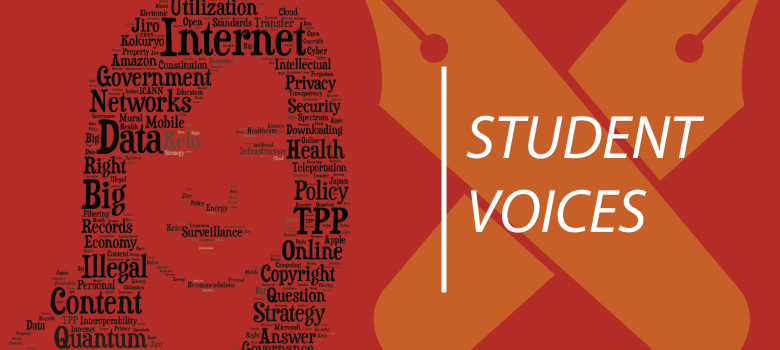 It would be so easy to leave students off of this list. Indeed, they are really victims of a system that has not evolved as much as they have...or even the world has. However, the potential for them to have an impact is incredible. Many students are dissatisfied with their school and educational experiences. However, they, like most of us, need to turn complaining/whining into advocacy. It’s their education and their futures, so they should be the most important voice. Students need to learn to intellectually demand what they want or need from their schools. And they need to do this to parents, teachers, administrators, school board members, community leaders and anyone who may listen willingly or not. I think when the majority of students truly demand something better, the tipping point will occur. Indeed, students do have more educational options that ever before. They are also more savvy, connected and capable than ever before. Apathy needs to be converted to Advocacy.
It would be so easy to leave students off of this list. Indeed, they are really victims of a system that has not evolved as much as they have...or even the world has. However, the potential for them to have an impact is incredible. Many students are dissatisfied with their school and educational experiences. However, they, like most of us, need to turn complaining/whining into advocacy. It’s their education and their futures, so they should be the most important voice. Students need to learn to intellectually demand what they want or need from their schools. And they need to do this to parents, teachers, administrators, school board members, community leaders and anyone who may listen willingly or not. I think when the majority of students truly demand something better, the tipping point will occur. Indeed, students do have more educational options that ever before. They are also more savvy, connected and capable than ever before. Apathy needs to be converted to Advocacy.
 Teachers are obviously integral, and maybe the most important, when it’s all said and done in terms of what our schools are truly like. There are many things that have worked against teachers that have been out of their control - class sizes, bureaucracy, weak leadership, funding, initiative fatigue and more. However, there are things that are in their control, for the most part, that they need to begin to lead. I don’t want to argue for or against teachers’ unions. That being said, it seems that weak, or even criminally negligent teachers, have been allowed to survive. Almost every school in America has a teacher or two that the entire staff knows is bad for kids. But somehow, we have learned to tolerate and accept this. Just like law enforcement, we have to be responsible for our own. We have to collectively and collaboratively address those teachers. They need to get on board or get out. You know who they are and so do they. They give the profession a bad name and we can’t afford that any longer. We need to redefine the role of a teacher and celebrate how wonderful it can be. If we do, maybe more will go into the profession. Teachers need to take charge and become their own curriculum creators, curators and advocates. If they continue to teach to a textbook or test, they can’t help to get what they get.
Teachers are obviously integral, and maybe the most important, when it’s all said and done in terms of what our schools are truly like. There are many things that have worked against teachers that have been out of their control - class sizes, bureaucracy, weak leadership, funding, initiative fatigue and more. However, there are things that are in their control, for the most part, that they need to begin to lead. I don’t want to argue for or against teachers’ unions. That being said, it seems that weak, or even criminally negligent teachers, have been allowed to survive. Almost every school in America has a teacher or two that the entire staff knows is bad for kids. But somehow, we have learned to tolerate and accept this. Just like law enforcement, we have to be responsible for our own. We have to collectively and collaboratively address those teachers. They need to get on board or get out. You know who they are and so do they. They give the profession a bad name and we can’t afford that any longer. We need to redefine the role of a teacher and celebrate how wonderful it can be. If we do, maybe more will go into the profession. Teachers need to take charge and become their own curriculum creators, curators and advocates. If they continue to teach to a textbook or test, they can’t help to get what they get.
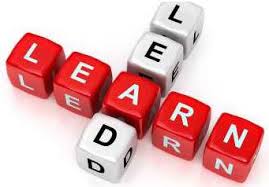 We have been asking our administrators and site leaders to be instructional leaders for several years now. However, too many are not. Too many administrators focus on facilities, discipline, extra curricular, etc. Many are not even interested in curriculum & instruction. Many were not teachers for very long. Many were not distinguished as a teacher at all. Too many are disconnected from professional development, technology, lifelong learning, professional learning networks, modeling and so much more. Despite the poor examples of leadership that we are often seeing in the current political environment, school leaders need to read, study and model themselves after successful 21st century leaders in industry. They need to practice and preach openness, accessibility, flexibility, bottom up approaches, democratization and so much more. Site leaders need to be the living examples of fearlessness, risk taking, innovation, experimentation, early adopters, pioneers and cage rattlers.
We have been asking our administrators and site leaders to be instructional leaders for several years now. However, too many are not. Too many administrators focus on facilities, discipline, extra curricular, etc. Many are not even interested in curriculum & instruction. Many were not teachers for very long. Many were not distinguished as a teacher at all. Too many are disconnected from professional development, technology, lifelong learning, professional learning networks, modeling and so much more. Despite the poor examples of leadership that we are often seeing in the current political environment, school leaders need to read, study and model themselves after successful 21st century leaders in industry. They need to practice and preach openness, accessibility, flexibility, bottom up approaches, democratization and so much more. Site leaders need to be the living examples of fearlessness, risk taking, innovation, experimentation, early adopters, pioneers and cage rattlers.
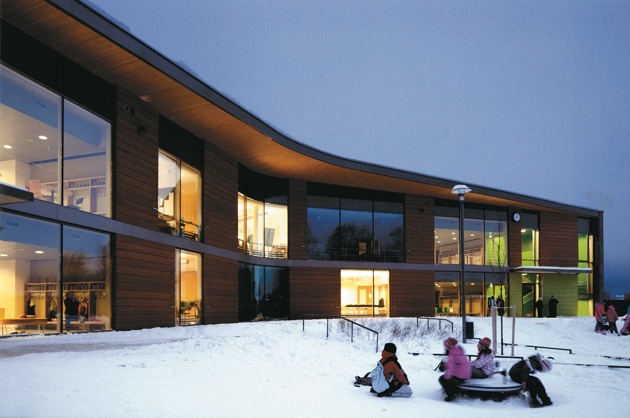 In the end, we have few models to look to for in terms of change and inspiration. Yes, they are there. Yes, there are charters, choice schools, magnets and others that are doing many things right. But the dominant model of comprehensive education is outdated. And we tend to perpetuate or clone the outdated model. Most schools are similar more than they are different. It is changing and there more models than there were 20 years ago. Indeed, efforts like the XQ Super School Project (https://xqsuperschool.org/) are steps in the right direction. But we need to see examples across all communities, all districts and ultimately we need to challenge/incentivize one another to create new examples that are truly unique/responsive. We can’t look to higher ed as they are even more behind. Checking out Finland is great, but we need to see more models here in every neighborhood. Every district and community should be creating innovative, unique programs to help individual students and the entire system.
In the end, we have few models to look to for in terms of change and inspiration. Yes, they are there. Yes, there are charters, choice schools, magnets and others that are doing many things right. But the dominant model of comprehensive education is outdated. And we tend to perpetuate or clone the outdated model. Most schools are similar more than they are different. It is changing and there more models than there were 20 years ago. Indeed, efforts like the XQ Super School Project (https://xqsuperschool.org/) are steps in the right direction. But we need to see examples across all communities, all districts and ultimately we need to challenge/incentivize one another to create new examples that are truly unique/responsive. We can’t look to higher ed as they are even more behind. Checking out Finland is great, but we need to see more models here in every neighborhood. Every district and community should be creating innovative, unique programs to help individual students and the entire system.
 We might preach innovation and creativity, but we tend to marginalize both teachers and leaders who are ‘pushing the envelope.” Indeed, some of them leave education altogether and many are beaten down to conform. We need to talk less and walk more. If we want innovation and creativity, we not only need to model it, but we need to embrace, chase it and challenge it. Compounded by a national teacher shortage, we’re going to need to redefine the education profession and attract young people who are, by nature and experience, entrepreneurial, innovative, creative, fearless and self-starters.
We might preach innovation and creativity, but we tend to marginalize both teachers and leaders who are ‘pushing the envelope.” Indeed, some of them leave education altogether and many are beaten down to conform. We need to talk less and walk more. If we want innovation and creativity, we not only need to model it, but we need to embrace, chase it and challenge it. Compounded by a national teacher shortage, we’re going to need to redefine the education profession and attract young people who are, by nature and experience, entrepreneurial, innovative, creative, fearless and self-starters.
 Too much of our system, especially our secondary system, takes its marching orders from the colleges and universities. Even though our college graduation, completion and success rates are dismal, they dictate the requirements, expectations and compliance items to our high school. Less than half, in most cases far less, of our high school graduates start go straight to the a university. So why do we have the university dictate our curriculum. Ironically, a large percentage of our higher ed. Instruction is further behind than K-12. Their dominant instructional model is still lecture and note taking - truly the lowest form of learning for students. Since a K-12 education is the expected standard for all, then that should be the priority and design a better system from within. Higher Ed. needs to listen, collaborate and follow a whole lot more.
Too much of our system, especially our secondary system, takes its marching orders from the colleges and universities. Even though our college graduation, completion and success rates are dismal, they dictate the requirements, expectations and compliance items to our high school. Less than half, in most cases far less, of our high school graduates start go straight to the a university. So why do we have the university dictate our curriculum. Ironically, a large percentage of our higher ed. Instruction is further behind than K-12. Their dominant instructional model is still lecture and note taking - truly the lowest form of learning for students. Since a K-12 education is the expected standard for all, then that should be the priority and design a better system from within. Higher Ed. needs to listen, collaborate and follow a whole lot more.
 Like so many entities in our systems, we spend more time on compliance that we do on the Four C’s, pedagogy, student relationships, school culture, community connections and so many others. Seems like most things we do in order to deliver a standard, right or expectation ends up becoming its own bureaucracy. Think about Special Education, 504’s, ELL, Accountability, Attendance, Accreditation and so many more. Intentions are good, but implementation and practice become something else. Have we asked our schools to do much? Possibly and probably. But beyond that, what is our focus? What are in the business of doing in school? Until we can all answer the question together, we will focus more on compliance vs. learning. We need to radically simplify oversight, documentation and accountability.
Like so many entities in our systems, we spend more time on compliance that we do on the Four C’s, pedagogy, student relationships, school culture, community connections and so many others. Seems like most things we do in order to deliver a standard, right or expectation ends up becoming its own bureaucracy. Think about Special Education, 504’s, ELL, Accountability, Attendance, Accreditation and so many more. Intentions are good, but implementation and practice become something else. Have we asked our schools to do much? Possibly and probably. But beyond that, what is our focus? What are in the business of doing in school? Until we can all answer the question together, we will focus more on compliance vs. learning. We need to radically simplify oversight, documentation and accountability.
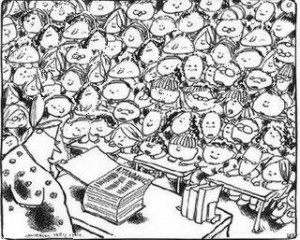 Many of our high schools today have class sizes in the 40’s. Simply, we all know that smaller is better. High Schools with 700 students have different cultures and opportunities than those of 3,000. Classrooms with 25 have a very different culture typically than those with 45. And yes, fixing this is easier said than done. Yes, it may cost more. But the cost of not fixing it is astronomical. If you want all students to be engaged, participating and have effective feedback, then we cannot expect a teacher to facilitate five or more classes of 40+. We know we need personalization, project-based learning, students producing high quality and public work, technology integration, real world applications and community interaction, work-based learning and more. However, if we continue to put 40+ in our high school classrooms, the more we will continue to not deliver on our promises and continue to set up our rooms for lectures and note taking.
Many of our high schools today have class sizes in the 40’s. Simply, we all know that smaller is better. High Schools with 700 students have different cultures and opportunities than those of 3,000. Classrooms with 25 have a very different culture typically than those with 45. And yes, fixing this is easier said than done. Yes, it may cost more. But the cost of not fixing it is astronomical. If you want all students to be engaged, participating and have effective feedback, then we cannot expect a teacher to facilitate five or more classes of 40+. We know we need personalization, project-based learning, students producing high quality and public work, technology integration, real world applications and community interaction, work-based learning and more. However, if we continue to put 40+ in our high school classrooms, the more we will continue to not deliver on our promises and continue to set up our rooms for lectures and note taking.
 Remember that our schools were originally designed to be ‘institutions.’ I know that we cannot build entirely new schools everyday. However, we also don’t need to live with buildings and classrooms that haven’t changed in 50 years. Do we need the same old dreary rooms, hallways and offices? How many of us are excited to walk into our school buildings? Are they comfortable and inviting? One, we should invest in our spaces. Two, if we build new schools, we can do them smarter. Instead of building the $200 million high school complex, we could build 15-20 small schools that are unique, specialized and contemporary. There has been a recent focus on classroom design and it’s the right direction. It’s another area where we may want to ask the customer (the students) what works best for them. I can tell you desks in rows are not on the menu.
Remember that our schools were originally designed to be ‘institutions.’ I know that we cannot build entirely new schools everyday. However, we also don’t need to live with buildings and classrooms that haven’t changed in 50 years. Do we need the same old dreary rooms, hallways and offices? How many of us are excited to walk into our school buildings? Are they comfortable and inviting? One, we should invest in our spaces. Two, if we build new schools, we can do them smarter. Instead of building the $200 million high school complex, we could build 15-20 small schools that are unique, specialized and contemporary. There has been a recent focus on classroom design and it’s the right direction. It’s another area where we may want to ask the customer (the students) what works best for them. I can tell you desks in rows are not on the menu.
 Local control and leadership of our schools is in theory great ideas. Our communities should have the right to create the best and most unique schools. Ironically, most of our schools don’t differ very much. Indeed, too many are just clones or duplicates of schools in their neighboring district. It seems like too many school board members may be there for the wrong reasons. Too many are their for their own political career advancement, own political agendas and pet projects. School board candidates need to be truly unselfish individuals who care about the kids in their community and want to work collectively to have something better, more innovative and more relevant than ever before. Status Quo people can run for church fundraising chair or local lodge leadership, but not for the people who have the fate of our future in their hands.
Local control and leadership of our schools is in theory great ideas. Our communities should have the right to create the best and most unique schools. Ironically, most of our schools don’t differ very much. Indeed, too many are just clones or duplicates of schools in their neighboring district. It seems like too many school board members may be there for the wrong reasons. Too many are their for their own political career advancement, own political agendas and pet projects. School board candidates need to be truly unselfish individuals who care about the kids in their community and want to work collectively to have something better, more innovative and more relevant than ever before. Status Quo people can run for church fundraising chair or local lodge leadership, but not for the people who have the fate of our future in their hands.
 Schools are not going to be the exceptions in our communities. If our communities are disconnected, violent, poverty-stricken, in disrepair or worse, how can we expect our schools to be different or the shining star on the hill? Schools need to engage the larger community in every way and local community leaders/advocates need to engage with the schools diligently.
Schools are not going to be the exceptions in our communities. If our communities are disconnected, violent, poverty-stricken, in disrepair or worse, how can we expect our schools to be different or the shining star on the hill? Schools need to engage the larger community in every way and local community leaders/advocates need to engage with the schools diligently.
First of all, I hope the writer is right. I would love nothing more than to see our entire educational system truly evolve and adapt into real 21st century models relevant to today’s students, economy, culture and technology. The problem is that my shoulder angel and devil are battling it out. It’s classic optimism vs. traditional pessimism.
Since I began teaching in 1990, there has been an on-going reform movement, in many cases discussing many of the same things, but truly little has changed. We have been hearing terms such as relevance, engagement, application, higher level thinking, personalization, technology for a long time. And yet, when one looks closely, very little has changed overall in terms of our educational system and culture.
The thesis here is that we are now in the perfect storm - educationally, politically, economically, culturally, technologically - for real change to occur. My shoulder angel wants to believe, but my shoulder devil is struggling to find the confidence. I agree that we are in unprecedented times and it seems the time is riper than ever for real change. But in addition to the factors being in place that are referenced above, I think there are still too many things in the hearts, minds and souls of all the stakeholders that will derail us once again.
Here are my 13 reasons why education will continue
to be challenged when it comes to change:
Our Cultural Definition Of School - A True Learning Organization?
Parents
Students
Teachers
Administrators
Models
Innovators Go Elsewhere
The Colleges & Universities
Compliance
Size
The Buildings & Physical Spaces
School Boards
Our local communities and leaders
Hoping The Aforementioned Writer Is Right, Hoping That I’m Wrong
I truly want my shoulder angel to win. I see lots of signs and reasons to be optimistic. But my experience, as well as awareness of the challenges, often give my shoulder devil much to smile about.
(photos courtesy of foter, pixabay, shutterfly, allthefreestock)
The 13 reasons which has been mentioned in this blog is quite interesting and some what I do agree with this. Thanks for sharing.
ReplyDelete